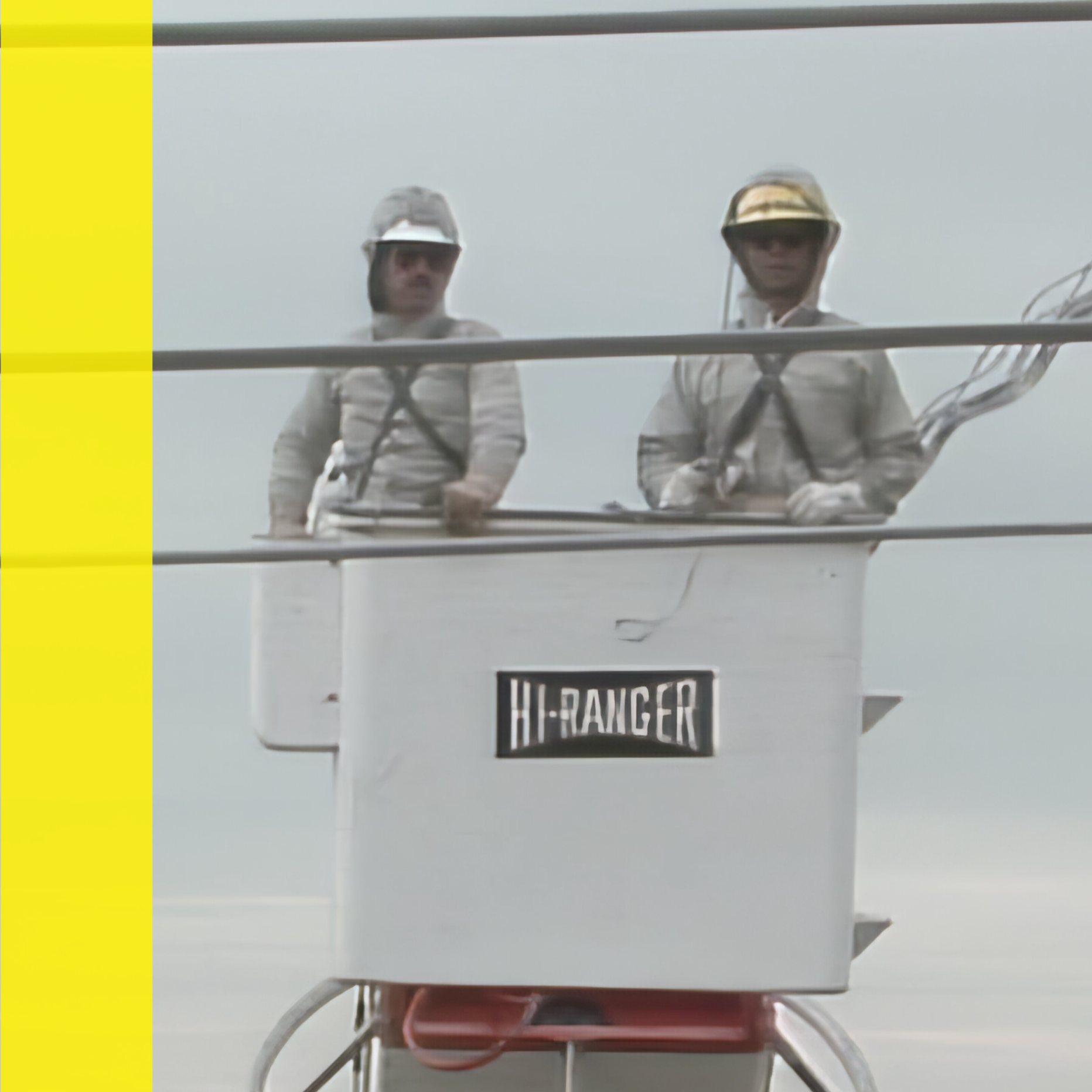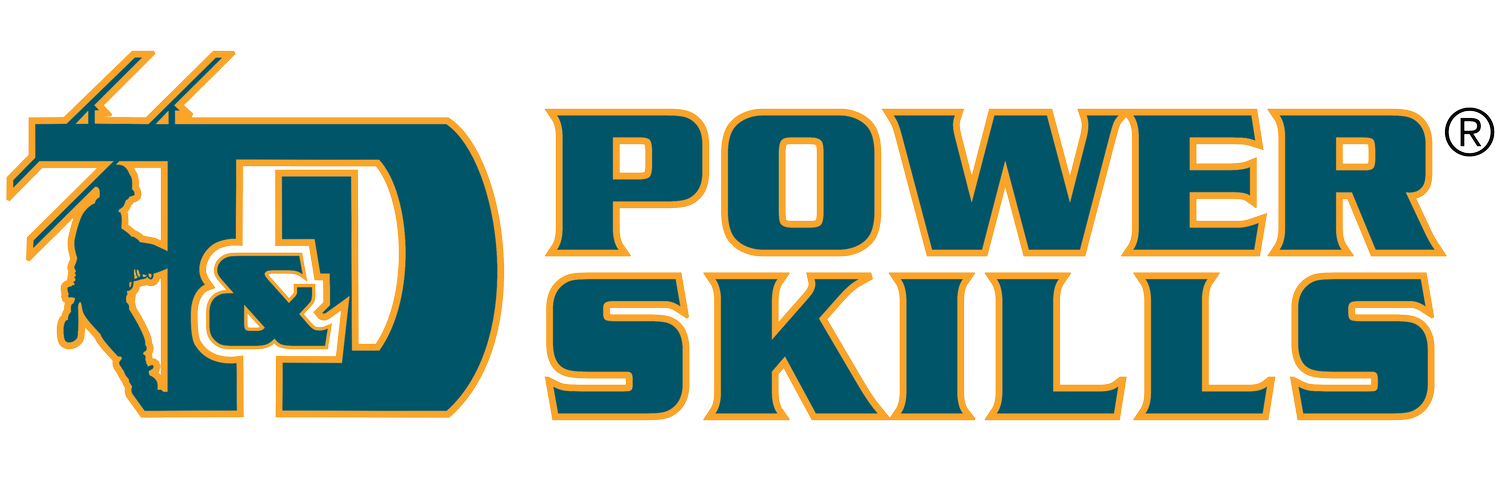
Transmission Structures
Transmission lines and the structures that support them are key components to any transmission and distribution system. There are many different kinds of transmission structures, and each is designed to meet various power delivery needs and geographic considerations. Assembling and erecting a transmission structure requires planning, teamwork, and careful attention to detail.

Transmission Line Safety
The most important concern in transmission line work is accomplishing each job safely. Safety on the job requires making the effort necessary to control working conditions, work practices, and human actions. Personal injuries and equipment damage are minimized when safe work practices are followed and when the hazards associated with transmission line work are minimized or eliminated.

Climbing Steel Poles and Towers
Steel poles and towers used for transmission lines come in a variety of shapes, sized, and designs. Experience and practice are necessary in order to climb these structures safely and efficiently. This training unit presents a basic overview of the tools and equipment, planning, and techniques necessary for climbing steel poles and towers.

Transmission Line Installation
Transmission line installation is a complex job that requires extensive planning, careful coordination or manpower and equipment, and a thorough mastery of construction procedures and techniques. This training program focuses on the part of that job involved with installing conductors on a structure.

Rigging for High Voltage Line Work
Maintenance work on transmission lines is frequently done while the lines remain energized. Working on energized lines saves money and allows for uninterrupted customer service. Live-line work is possible, in part, because of special rigging tools and equipment that have developed to allow lineworkers to do the work safely and efficiently.

Working on Deenergized Transmission Lines
Transmission lines have characteristics that make them different from distribution lines. Because of the high voltages associated with transmission lines and the increasing use of multiple transmission lines on a given right-of-way, or even on individual structures, lineworkers who work on de-energized transmission lines need to be aware of some special considerations.

Transmission Line Repair - Hot Sticks
Taking transmission lines out of service for repairs or maintenance can be difficult and costly. For this reason, transmission lines are often worked on while they are energized. The two basic methods of working on energized lines are the bare hand method and the hot stick method. With the bare hand method, special tools and equipment allow direct contact with an energized conductor. With the hot stick method, insulated poles and other equipment are used to protect lineworkers from energized conductors.

Transmission Line Repair - Bare Hand Method
The increased demand for electricity in recent years has made it necessary for power companies to build more transmission lines and more extra high voltage (EHV) transmission lines. Taking these lines out of service for repairs or maintenance can be costly and difficult. As a result, lines are often worked on while they are energized. The two basic methods of working on energized lines are the hot stick method and the bare hand method. With the hot stick method, insulated poles are used to protect the lineworkers from energized conductors. With the bare hand method, special tools and equipment allow direct contact with an energized conductor.
